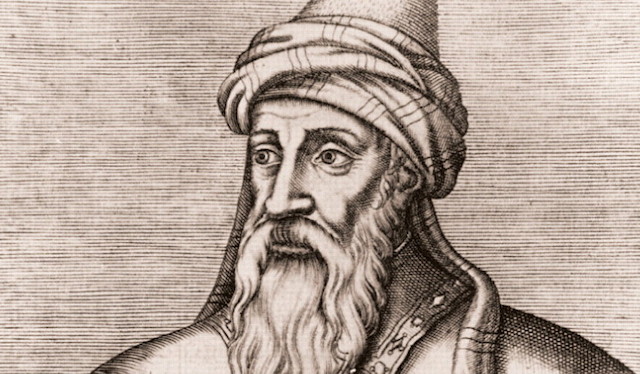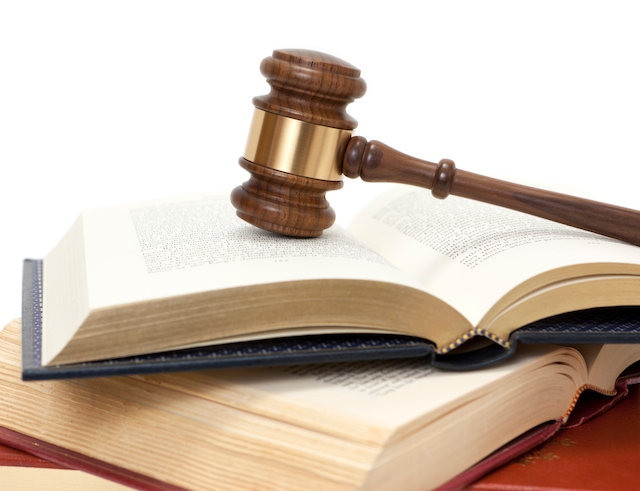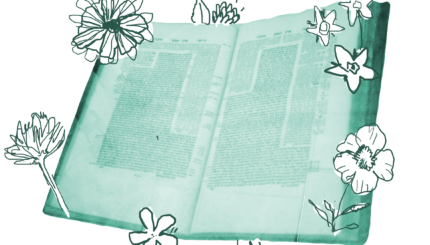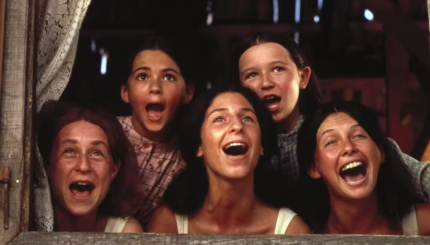From its earliest days, Judaism viewed the Tanach (Hebrew Bible) as the rule book for Jewish ritual and civic behavior. But the Tanach often communicates laws in very general terms, and so there emerged a system of legal interpretation and application, which came to be known as halacha — from the Hebrew word for “walking” or “path.”
In the late second century Rabbi Judah Ha-Nasi and his rabbinic colleagues began to record and organize this “Oral Torah.” Over the next 400-500 years the rabbis created the classical sources for halacha: the Mishnah, Midrash Halacha, Tosefta and Talmud.
By the late sixth or early seventh century CE, the final redaction of the Babylonian Talmud was complete. After this — and until today — halachic texts continued to be produced to explicate and apply the law.
Geonic Period: Babylonian and North African
The first period of halachic productivity after the close of the Talmud was the geonic period. The geonim were leaders of Babylonian and North African Jewry. Jewish communities looked towards the geonim for authoritative teachings on halachic matters, and the geonim responded by producing halachic texts in many distinctive genres. The most famous halachic texts of the geonim are their responsa (many of which were found in the Cairo Geniza), Sefer ha-She’iltot by Aha of Shabha, Halakhot Pesukot by Yehudai Gaon, and Halakhot Gedolot by Simeon Kayyara.
The Middle Ages: Maimonides and Joseph Caro

By the beginning of the 11th century, the spiritual center of world Jewry had shifted away from Babylonia and towards communities spread throughout North Africa and Europe. These communities asserted their independence from the ancient geonic centers, ushering in a new period of halachic creativity: the Middle Ages.
The Middle Ages were characterized by numerous attempts to codify Jewish law. Two are most noteworthy. In the 12th century, Maimonides composed the first true halachic code, his monumental Mishneh Torah. This work was revolutionary in the way it presented the laws in a totally new format and without providing the biblical and rabbinic sources for its decisions. A few centuries later, after fleeing Spain in 1492, Joseph Caro composed the Shulhan Arukh. This work, together with Moshe Isserles‘ glosses, remains the most important code of Jewish law. For the purposes of categorizing halachic texts, its publication also marks the end of the medieval period and the beginning of the modern era.
The Modern Era: Reform, Conservative and Orthodox Responsa
Halachic texts of the early modern era include commentaries and meta-commentaries to the Shulhan Arukh, as well as numerous responsa. In the 19th century, the rise of the Reform Movement led to the production of new halachic texts with a distinctly modern flavor. These include responsa and guides to practice such as the Gates of Mitzvah series and the works of Rabbi Solomon Freehof. The Conservative Movement has also produced numerous halachic texts, including responsa of the Conservative Law Committee and Isaac Klein’s popular Guide to Religious Practice. Contemporary Orthodox halachic texts include the Mishnah Berurah–written as a commentary to the Shulhan Arukh, and responsa by authorities such as Moshe Feinstein and Ovadiah Yosef.
Talmud
Pronounced: TALL-mud, Origin: Hebrew, the set of teachings and commentaries on the Torah that form the basis for Jewish law. Comprised of the Mishnah and the Gemara, it contains the opinions of thousands of rabbis from different periods in Jewish history.
halacha
Pronounced: hah-lah-KHAH or huh-LUKH-uh, Origin: Hebrew, Jewish law.
Tanach
Pronounced: tah-NAKH, Origin: Hebrew, Hebrew Bible (an acronym for Torah, Nevi’im and Ketuvim, or the Torah, Prophets and Writings).



